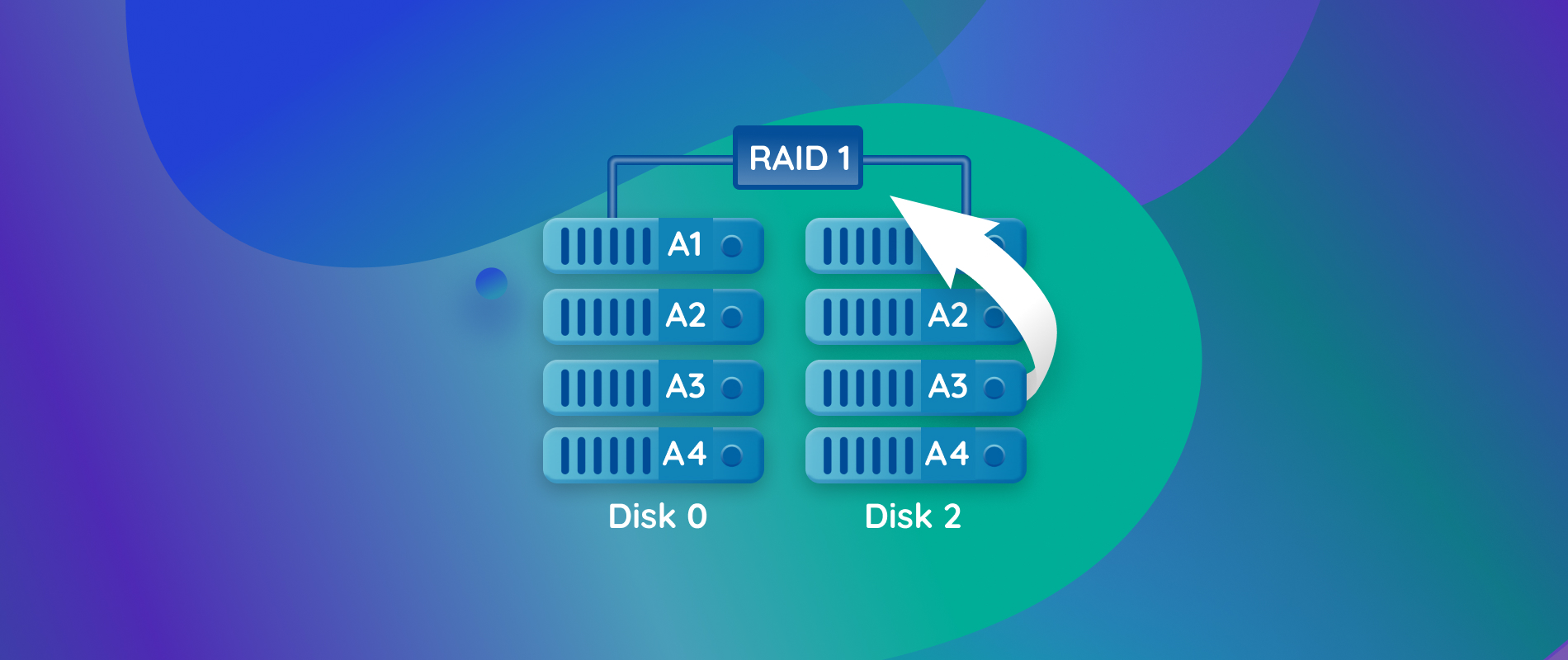Data loss can be a significant issue for any organization, and when it involves RAID (Redundant Array of Independent Disks) systems, the complexity increases. RAID systems are designed to enhance performance and provide redundancy by using multiple disks. However, even the most advanced RAID setups are not immune to failure. This article will delve into RAID data recovery systems, explaining their functionality, common issues, and effective recovery strategies.
What is a RAID Data Recovery System?
A RAID data recovery system is designed to retrieve lost or inaccessible data from RAID arrays. RAID configurations, such as RAID 0, RAID 1, RAID 5, and RAID 6, distribute data across multiple disks to optimize performance and ensure redundancy. When a RAID system fails due to disk corruption, accidental deletion, or other issues, a RAID data recovery system steps in to recover the lost data. These systems utilize specialized software and techniques to reconstruct the RAID array and retrieve the data.
Common RAID Failures and Their Causes
Understanding the causes of RAID failures is crucial for effective data recovery. Common issues include:
- Disk Failures: Individual disks within the RAID array may fail due to hardware malfunctions, manufacturing defects, or wear and tear.
- Controller Failures: The RAID controller manages the disks and their data. If it fails, the entire RAID system may become inaccessible.
- File System Corruption: Corruption in the file system can render data unreadable, even if the RAID hardware is intact.
- Human Error: Accidental deletion or formatting can lead to data loss, requiring recovery systems to restore the lost information.
RAID Data Recovery Techniques
Recovering data from a RAID system involves several techniques:
- Logical Recovery: This involves repairing file system damage and reconstructing data structures. It’s typically used when the RAID array is intact but the data is inaccessible due to corruption.
- Physical Recovery: When there is physical damage to the disks or RAID controller, physical recovery methods are employed. This may involve replacing faulty components or using specialized hardware to read the disks.
- RAID Reconstruction: In cases where the RAID configuration is corrupted, RAID reconstruction techniques are used to rebuild the array and recover the data. This often requires expertise to accurately reconstruct the RAID structure.
Choosing the Right RAID Data Recovery System
Selecting the right RAID data recovery system depends on various factors, including:
- RAID Configuration: Different RAID levels require different recovery approaches. Ensure the recovery system supports your specific RAID configuration.
- Type of Failure: The nature of the failure—logical, physical, or both—will influence the choice of recovery system.
- Data Sensitivity: If the data is highly sensitive or critical, opt for a recovery system with robust security features and professional support.
The Role of Professional Data Recovery Services
While RAID data recovery systems offer valuable tools and techniques, complex cases may require professional data recovery services. These services have the expertise and advanced equipment needed to handle intricate RAID failures and ensure data integrity. Professionals can provide comprehensive diagnostics and recovery solutions, offering peace of mind and increased chances of successful data retrieval.
Conclusion
RAID data recovery systems play a crucial role in managing data loss from RAID arrays. Understanding the various recovery techniques and choosing the right system can help mitigate the impact of data loss. Whether you opt for a DIY recovery solution or professional services, ensuring proper handling and expertise is essential for successful data retrieval. For expert assistance, click here for expert recovery and discover how to safeguard your valuable data.


